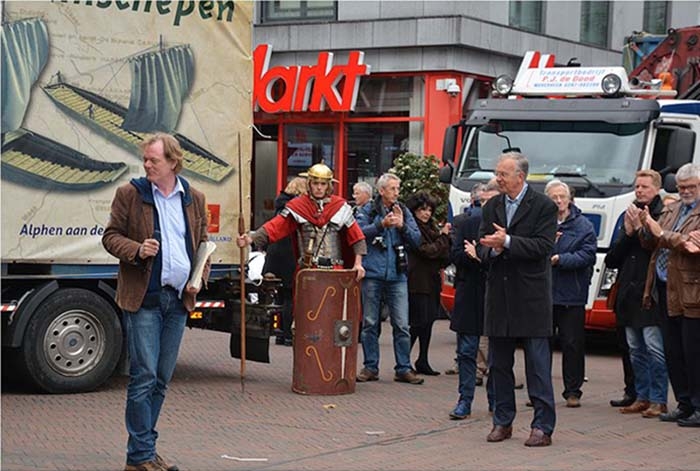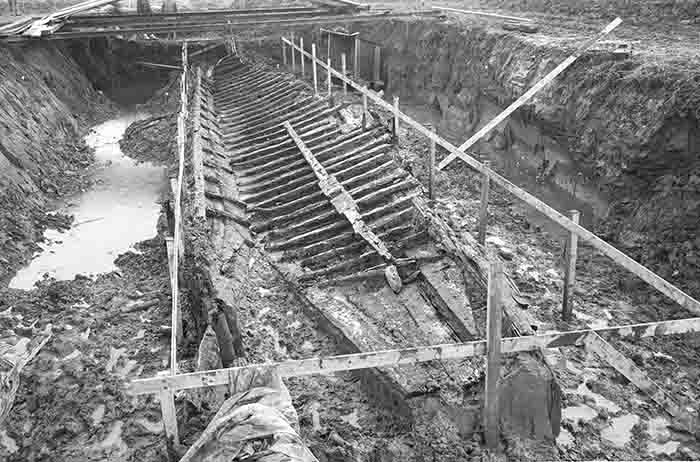
Zwammerdam boats harbour ‘wealth of knowledge’
Leiden University is participating in a project to reassemble Roman vessels from between 80 - 200 AD. The 'Zwammerdam ships' are already world famous in the world of archaeology, and guest researcher Tom Hazenberg hopes to extend this fame beyond its academic boundaries.
Ground-breaking implications
The project, which entails reassembling six Roman vessels plank by plank over the next five years, is sure to have all kinds of ground-breaking implications, says archaeologist Hazenberg. ‘First, we’re going to compile a host of rare technical knowledge on the restoration of vessels. We're going to encounter things that scientists have not yet been faced with, especially due to the scale of the undertaking. Second, the ships contain a wealth of unexplored knowledge, including knowledge of Roman ship construction and economic development in the region. Archaeologists from around the world have been excitedly anticipating this project for decades - and now it's finally here.’

Preserve cultural heritage
Third, we intend to instate the resurrected ships as an icon of the Dutch-German Rhine delta. Thus, this cultural heritage will be made tangible, recognisable to the public, and preserved. 'The research on the ships also fits beautifully into a larger enterprise, in which the university is also involved: the nomination of the Lower Germanic Limes, the northern border of the Roman Empire in the Netherlands and Germany, as a UNESCO World Heritage Site. Hazenberg: 'The University not only wishes to contribute to the preservation of the ancient Roman frontier, but also gain experience in the preservation of cultural heritage in general. This is something the University is committed to in many places around the world.'
Internships
In practical terms, the public will also hear a lot about this project in the coming years. ‘Initially, through all sorts of internships we want to offer during the ships’ reconstruction,’ Hazenberg explains. ‘For example, internships for university students, ROC students or people from the labour market. Another very visible consequence will be the creation of the National Roman Maritime Museum Archeon, which will house the restored ships.’
Unique find
Over the more than forty years since their discovery, much has been reported about the three Roman canoes and three Roman barges. They were discovered in the seventies during excavations in Zwammerdam, a village in the municipality of Alphen aan den Rijn. It was a unique find: never had vessels of this type been found, or any so complete. Much time and effort has been invested in the excavation and preservation of the parts. An extremely difficult task; the wood was wet and fragile. All the parts were housed at the National Office in Lelystad.
In the meantime, several attempts have been made to repatriate the artefacts to the region where they were discovered. Tom Hazenberg eventually managed to get the parties involved to do just this. These parties include Leiden University, the province of South Holland, the National Cultural Heritage Agency, the municipality of Alphen aan den Rijn and Museum Park Archeon.

